Many water sports fans are discovering a new way to move underwater: motorized scooters that do the swimming for you. These devices pull you through the water while you explore reefs or take photos underwater. As more people buy these scooters for recreation, a common question is whether special training is needed. While the controls seem simple, knowing how to use them safely makes your underwater experience both more enjoyable and secure.
Types and Features of Underwater Scooters
Underwater scooters come in different models to match different needs and skill levels. The main differences between models are their power, features, and prices.

Recreational and Professional Models
Recreational underwater scooters are good for casual users and move at 2-3 miles per hour. They're lighter, smaller, and cost $400 to $1,000. These work well for snorkeling and basic diving.
Professional scooters pack more power and reach 5 miles per hour. Dive instructors, underwater photographers, and technical divers prefer these models. They're bigger, heavier, and cost $2,000 to $5,000. They also work better in deeper waters and strong currents.
Key Features to Consider
Battery life differs between models. Basic scooters run for 45-60 minutes, while professional ones last 2-4 hours. Most use rechargeable lithium-ion batteries that need 4-6 hours to charge.
Speed controls are simple to use. Basic models have 2-3 speeds, controlled by a trigger or button. Professional models offer more precise control and often show battery life and depth on a screen.
Safety features on every model include:
- Stop switches that cut power when released
- Auto-shutoff at certain depths
- Built-in flotation so the scooter floats if dropped
- Quick-release mechanisms
- Waterproof seals for the battery and motor
Depth limits matter too. Recreational models work up to 30 feet deep, while professional ones can go 100-230 feet. Each model lists its depth limit, which users should never exceed.
Do I Need Special Training to Use an Underwater Scooter?
Yes, you need basic training to use an underwater scooter safely. Your training requirements will vary based on the type of scooter you choose and your current diving experience.
Required Safety Training for All Users
Most underwater scooter makers set clear training rules. They provide detailed safety manuals and training videos with their products. Many won't sell their advanced models without seeing proper diving certifications first. A common requirement is getting hands-on practice with qualified instructors before the first solo use.
Basic Skills and Advanced Operations
Basic recreational scooters require simple skills - you'll learn to start and stop the motor, steer by shifting your body position, control your depth, and keep a safe distance from objects around you. Professional models take more expertise, as users need to master precise speed control, advanced steering methods, and proper battery management. Users also need to know emergency procedures and how depth and pressure affect the scooter's performance.
Experience Matters
New divers and snorkelers need to start with basic training that covers safety rules, scooter handling, and basic maintenance. This usually takes several hours to complete. Those who already have diving certifications and good buoyancy control typically need less instruction - often just a brief overview of their specific model's features. Still, practicing in shallow water first is important for everyone, regardless of their experience level.
Training Programs and Certification Options
Several training options are available through diving organizations and certified instructors.

Training Structure
Most scooter training combines classroom learning with hands-on practice. Programs typically start in controlled environments like pools before moving to open water. You'll learn specialized skills for scooter diving that go beyond basic diving techniques.
Where to Get Training
Training is available through diving schools and certified instructors. Before signing up, check that your instructor has proper credentials and experience with underwater scooters. Many diving centers offer both individual and group classes.
Certification Levels
Training programs often offer progressive certification levels. Basic certificates cover recreational use in calm conditions, while advanced training prepares you for more challenging situations. Each program has its own requirements and standards that must be met for certification.
Note: For specific information about current training costs, program lengths, and certification requirements, please check with local diving organizations or certified training centers in your area.
How Training Makes Underwater Scooter Use Better
Proper training brings three practical benefits that make underwater scooter use safer and more enjoyable.

Training Reduces Accident Risks
Training teaches critical safety habits that help avoid common mistakes. You'll learn to spot potential problems before they become dangerous, like proper battery monitoring and equipment checking. Good training also covers how to handle unexpected situations like strong currents or equipment issues underwater. This knowledge reduces risks to both you and your equipment.
Training Improves Your Riding Skills
Trained users get more from their underwater scooters. Training shows you the right techniques for smooth movement, efficient battery use, and proper speed control. You'll learn to judge distances better and move more naturally underwater. As your skills improve, you'll feel more confident exploring different underwater environments.
Training Teaches Ocean Protection
Training includes important lessons about marine environment protection. You'll learn the right distance to keep from coral reefs and sea life, and how to avoid disturbing underwater habitats with your scooter's propulsion. Good training teaches you to recognize sensitive areas and choose appropriate paths through the water. These skills help preserve marine environments for future visitors.

Other Ways to Learn About Underwater Scooters
Once you understand the benefits of proper training, you might also want to explore additional learning methods. These options can supplement your formal training or help you decide if underwater scooters interest you.
Online Learning Materials
Many websites offer free scooter guides and safety tips. Video tutorials show basic operations and maintenance steps. However, online resources should not replace hands-on training - they work best as extra study materials. Reading manuals and watching videos helps you learn the basics, but practical experience is still needed for safe operation.
Guided Tours with Instructors
Many diving centers offer scooter tours led by trained guides. These trips provide real experience with expert supervision. During these tours, guides teach basic controls and safety rules while watching over your progress. Tours usually start in calm, shallow waters and last 1-2 hours. This option works well for trying out scooters before buying one or taking formal classes.
These alternatives work best when combined with proper training. While they provide useful information and experience, they shouldn't be your only source of learning for underwater scooter use.
Get Training Before Using an Underwater Scooter!
Underwater scooters are fun and easy to use, but proper training is key to safety. Your options include taking certification courses, joining guided tours, or starting with online guides. Most diving centers offer training that fits your skill level and needs. Good training helps you stay safe, use your scooter better, and protect marine life. Contact a diving center near you to learn about their scooter training programs.

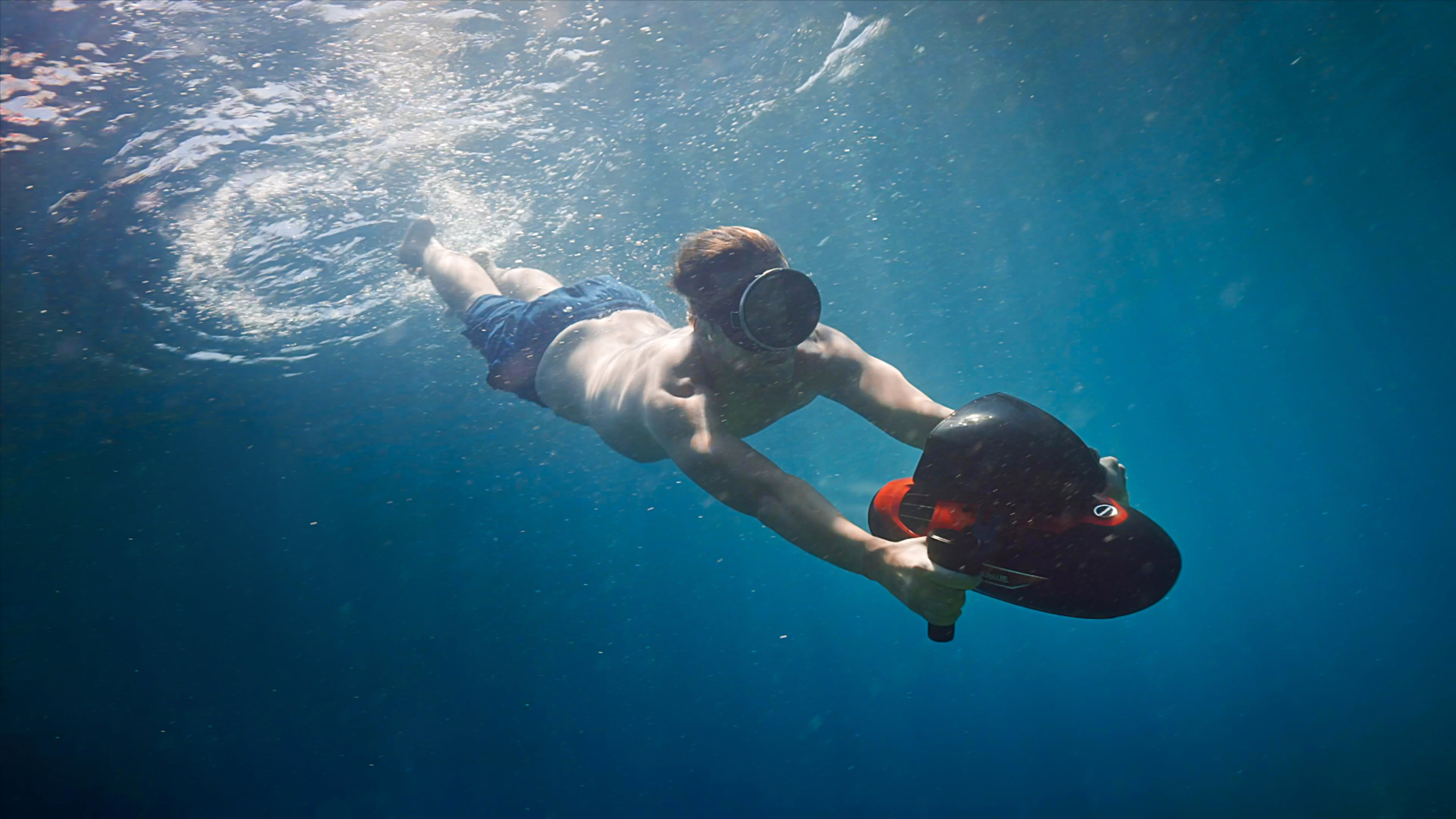
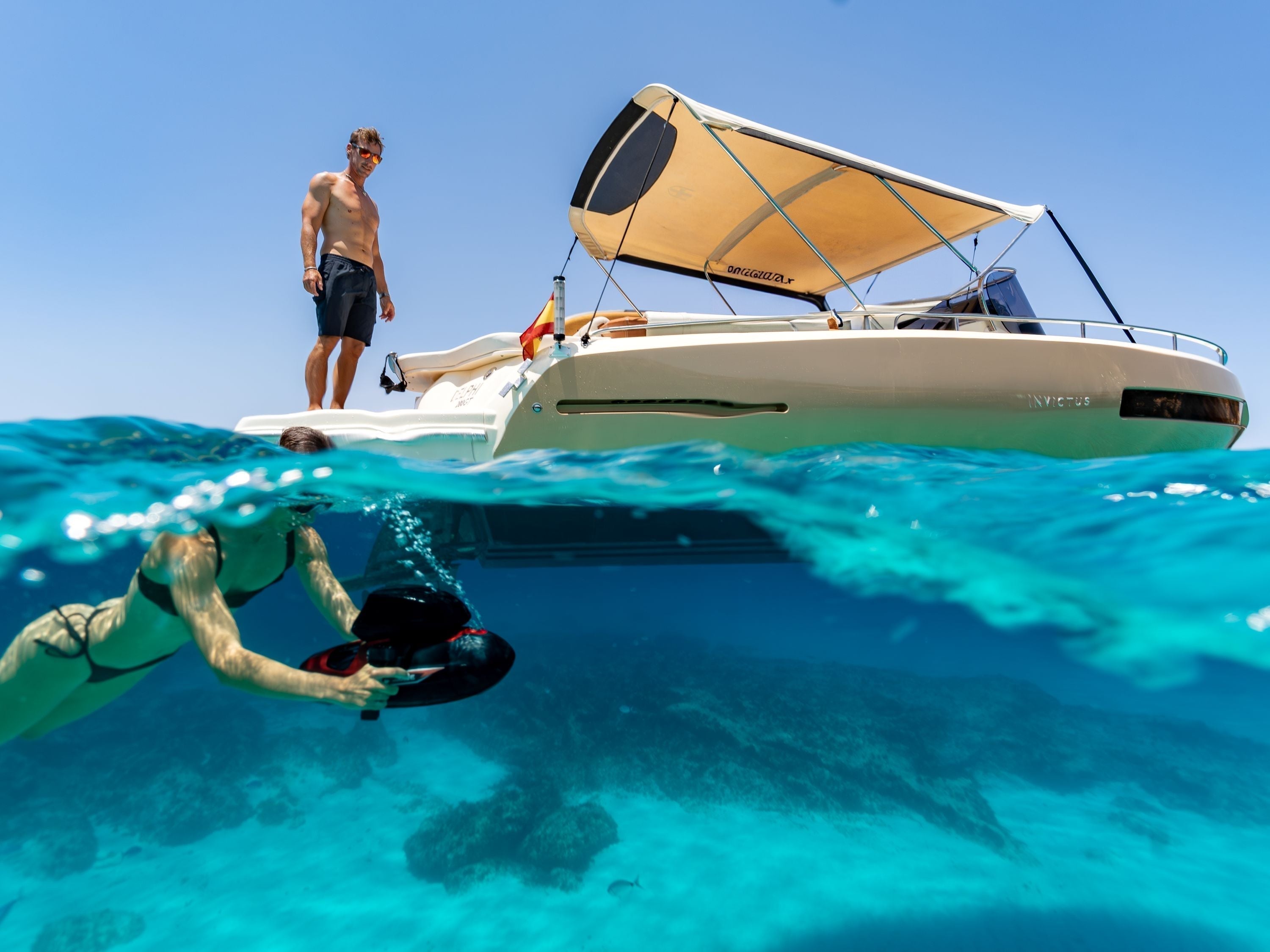
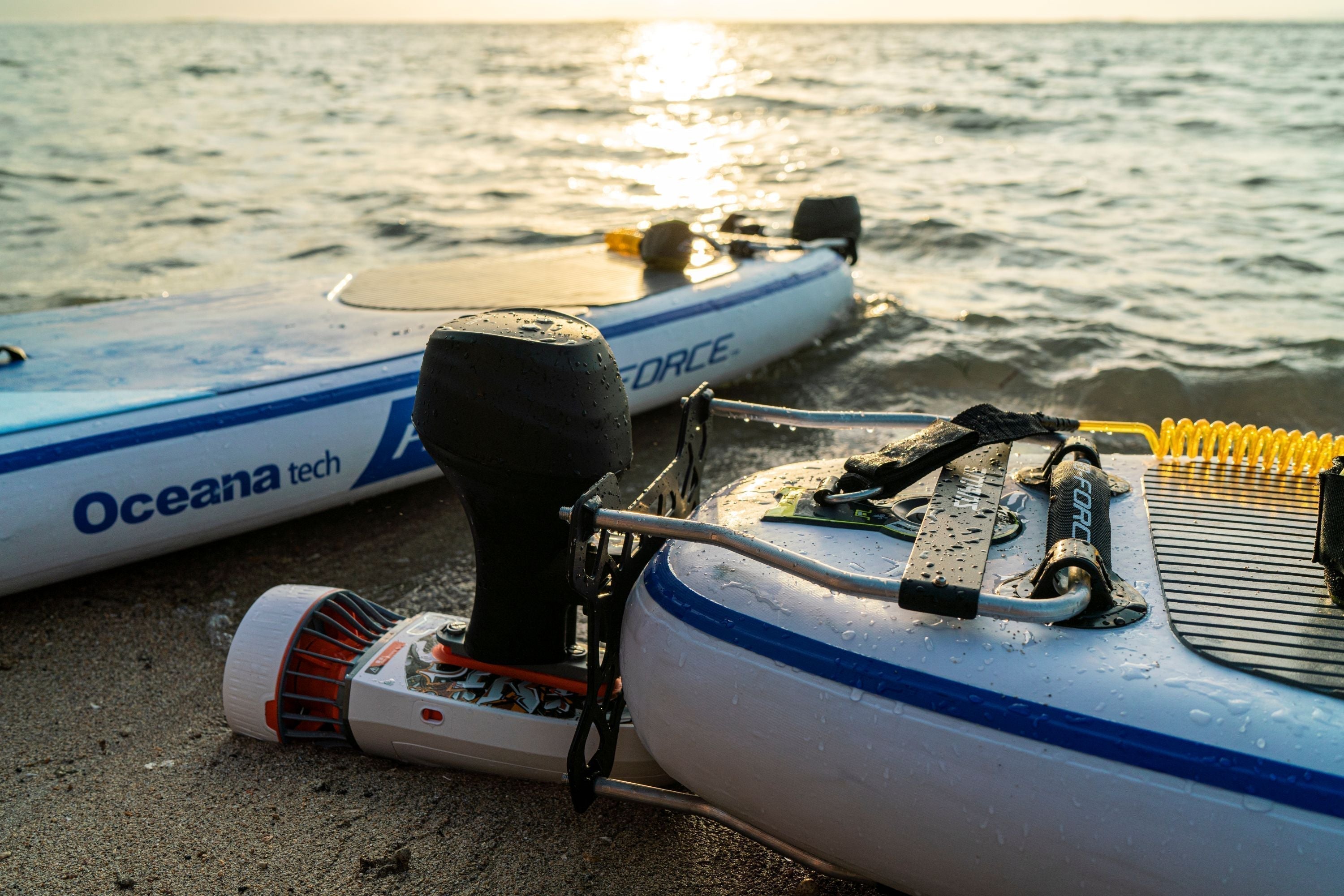
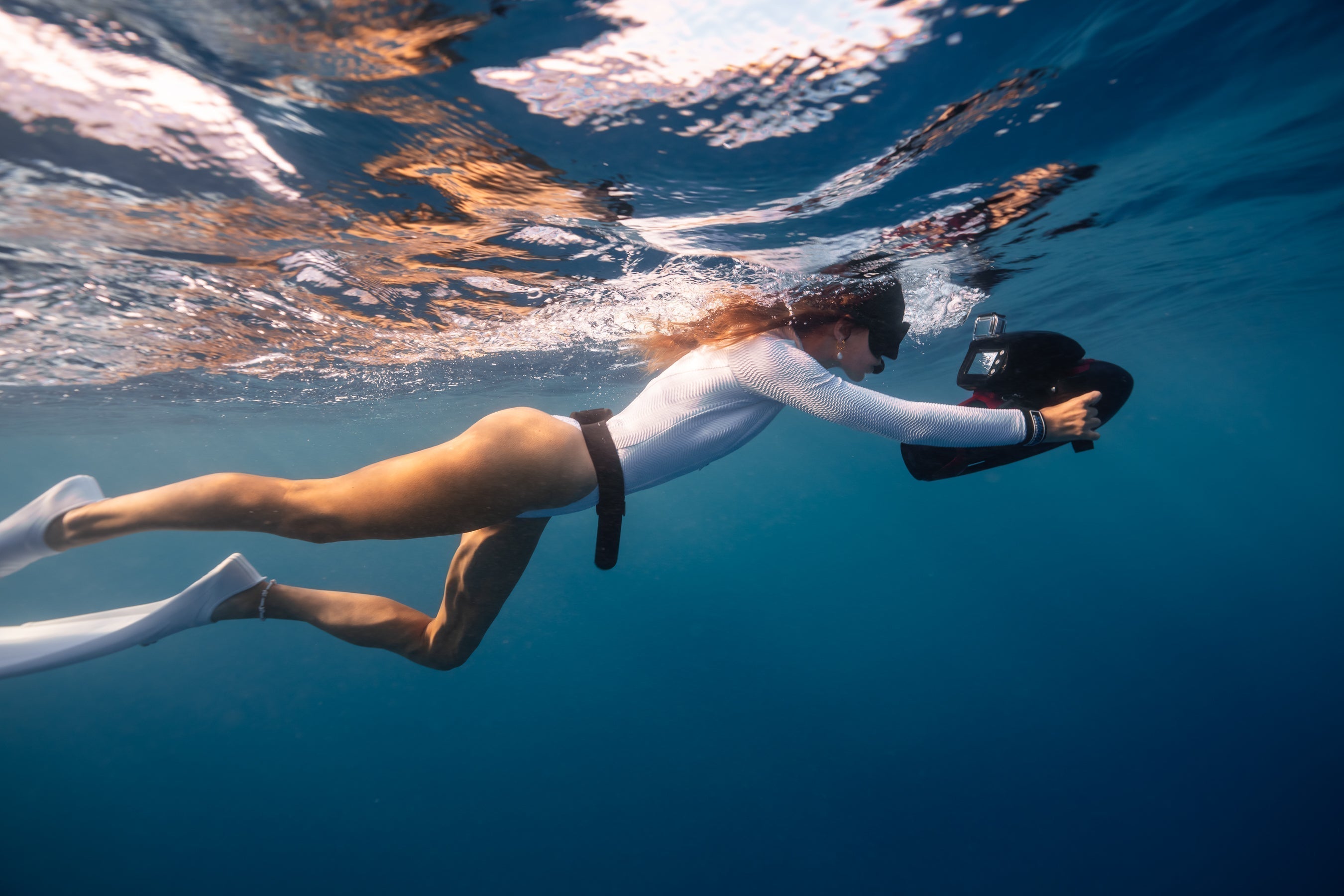


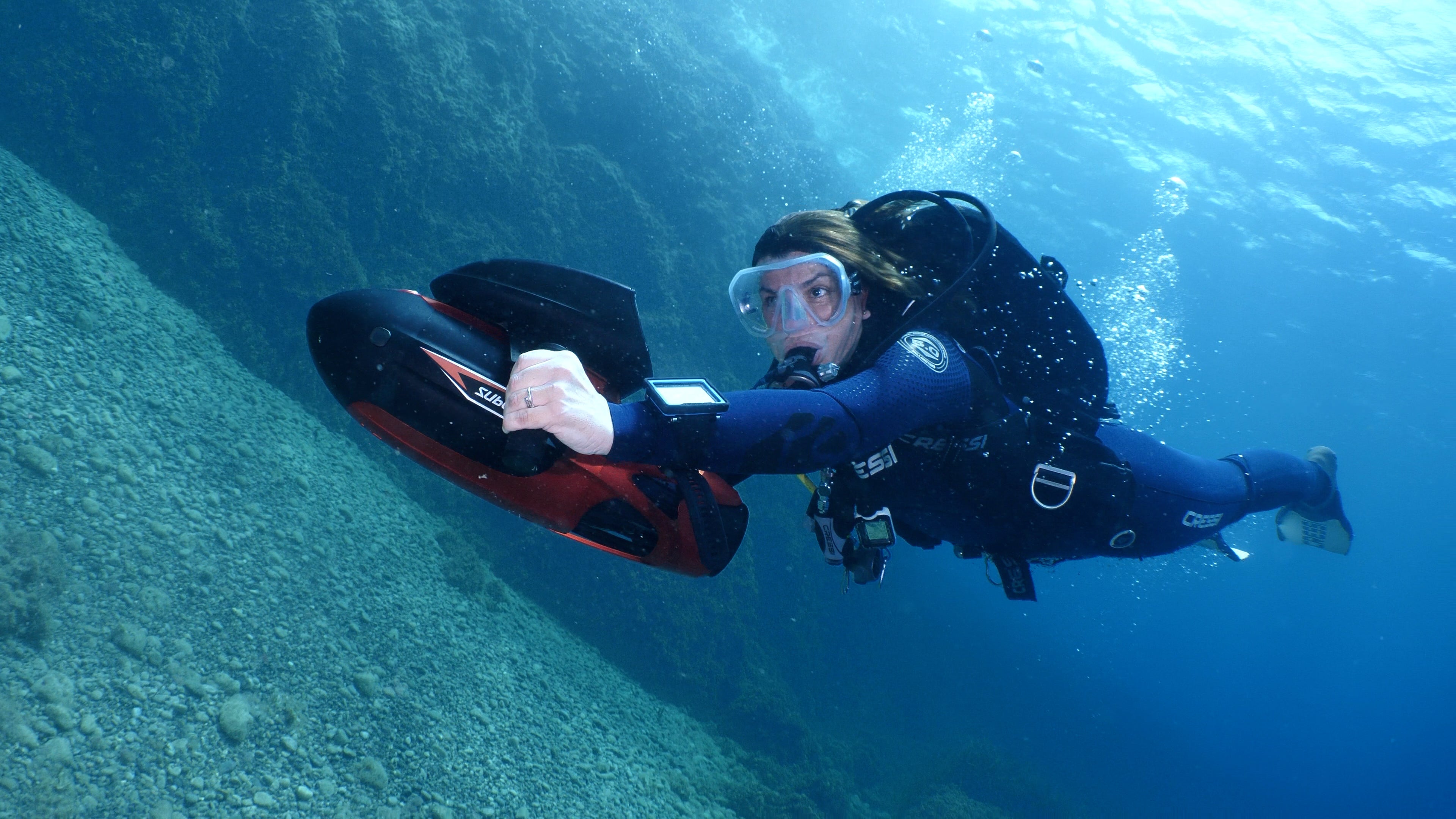
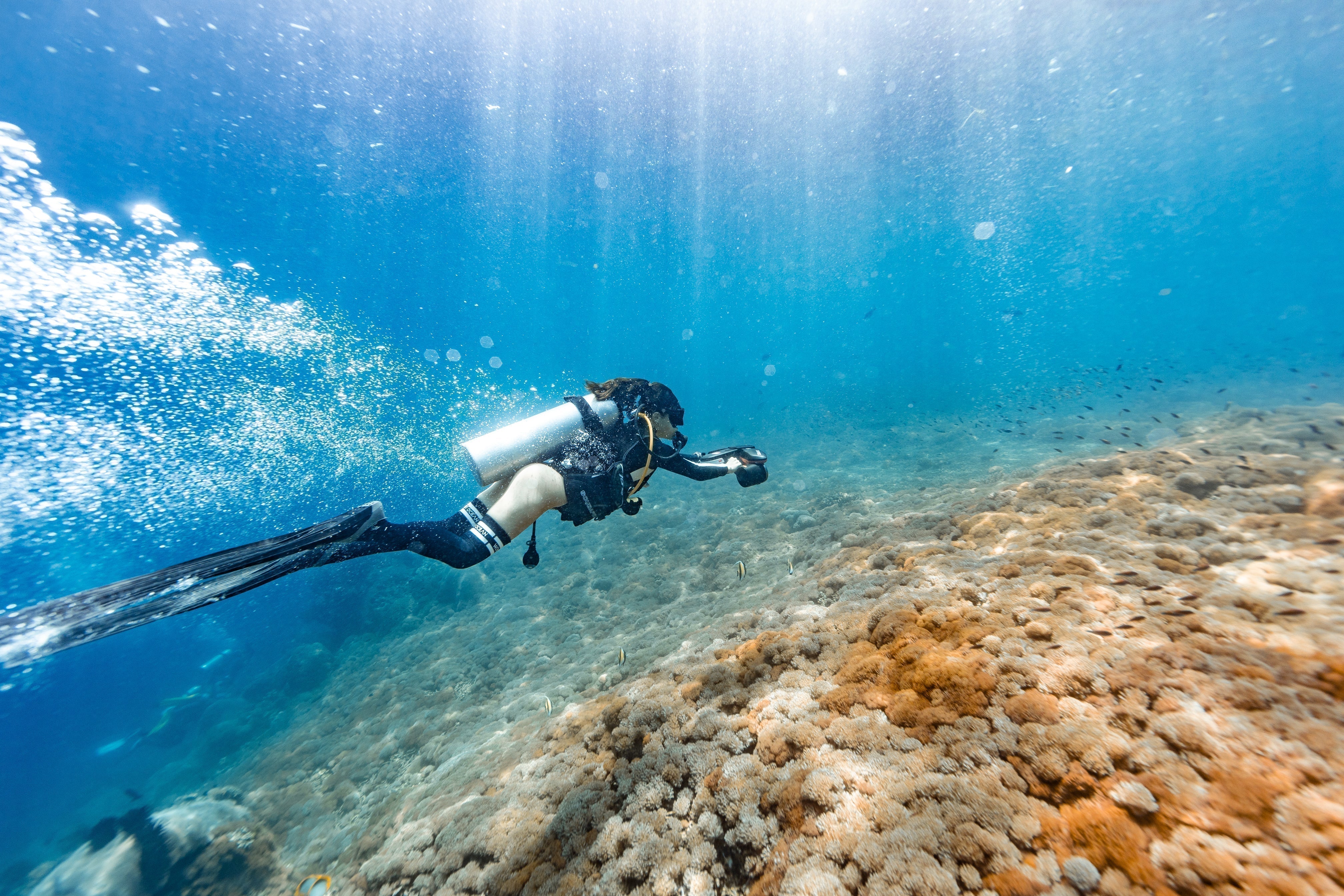
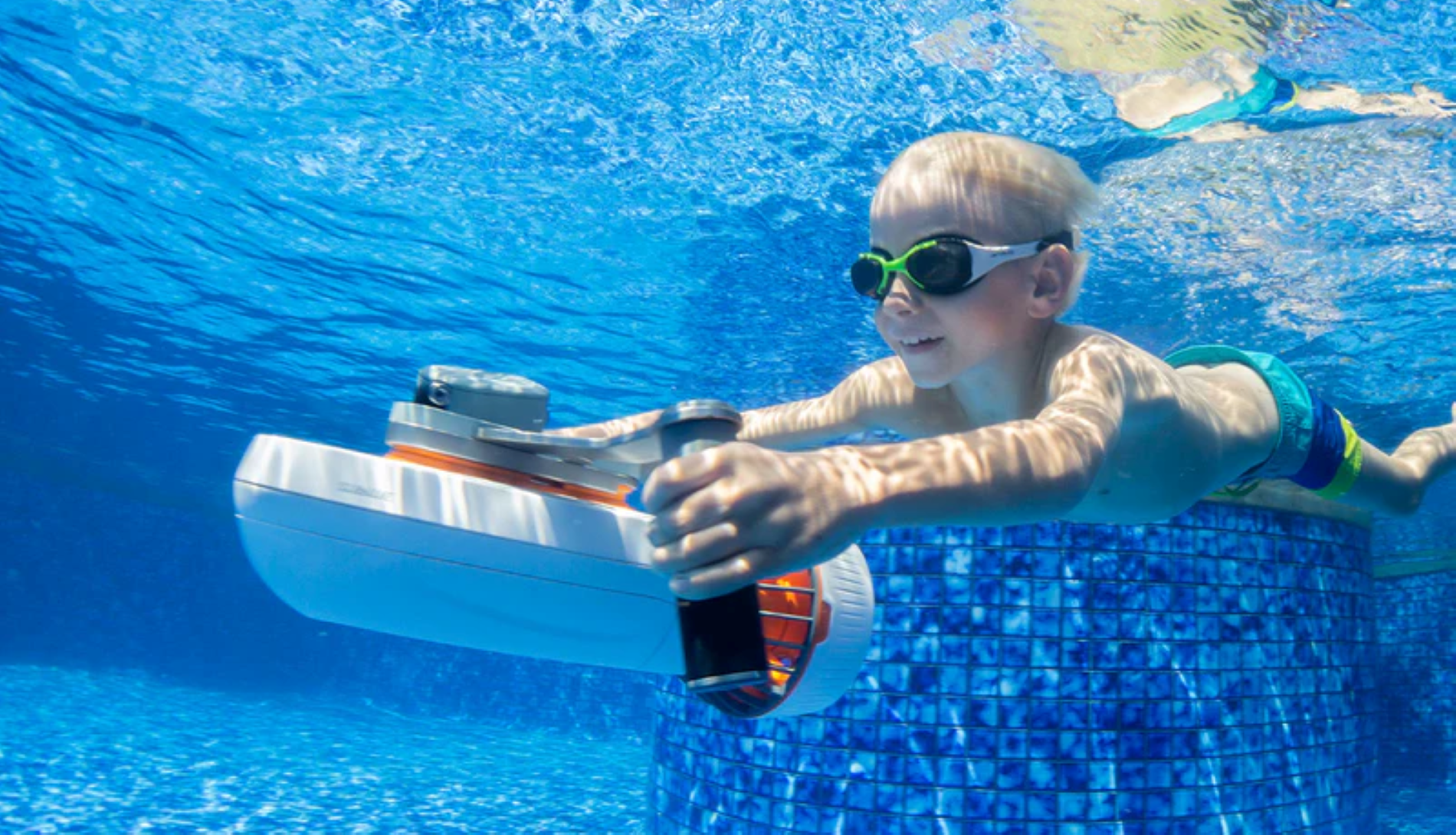
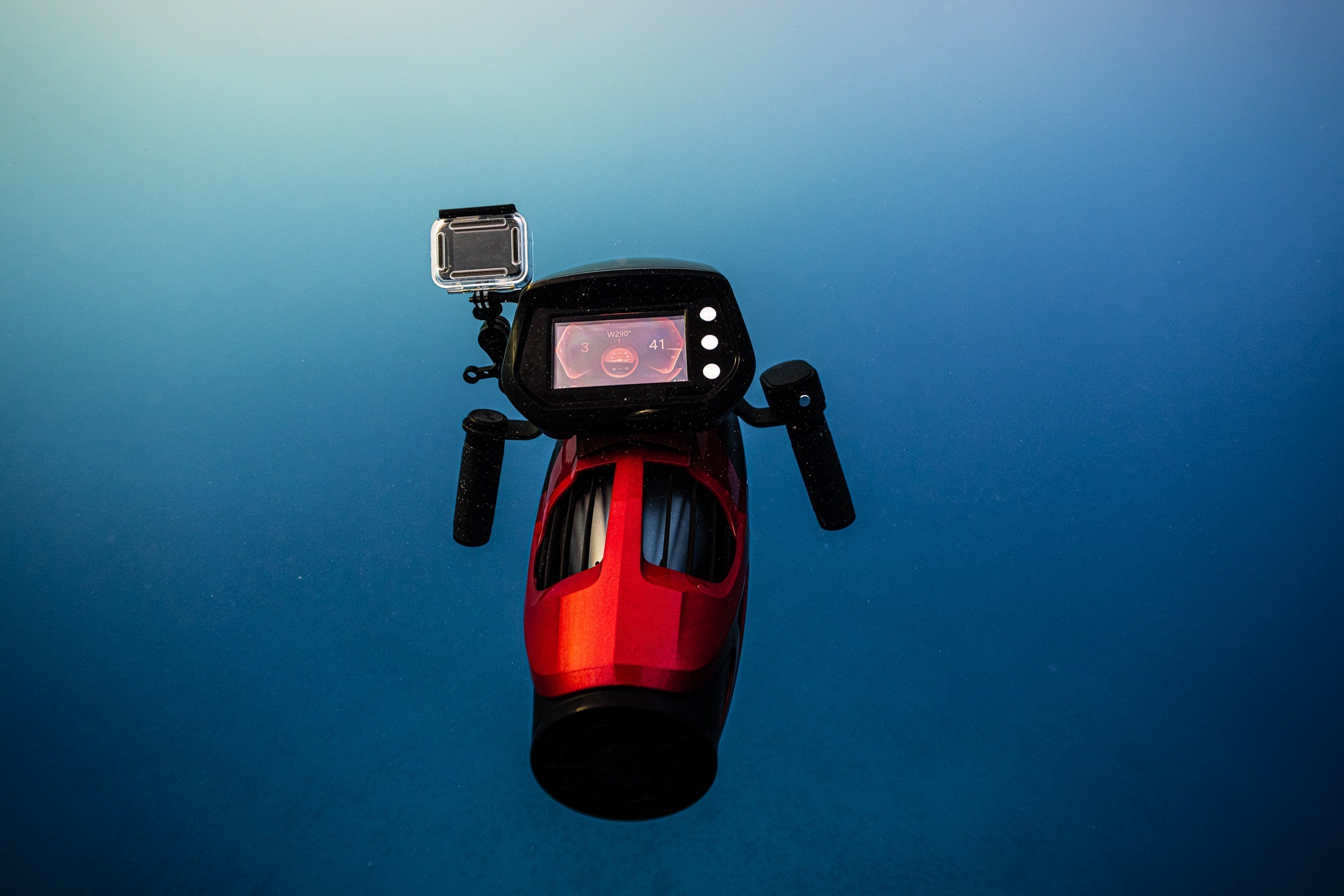
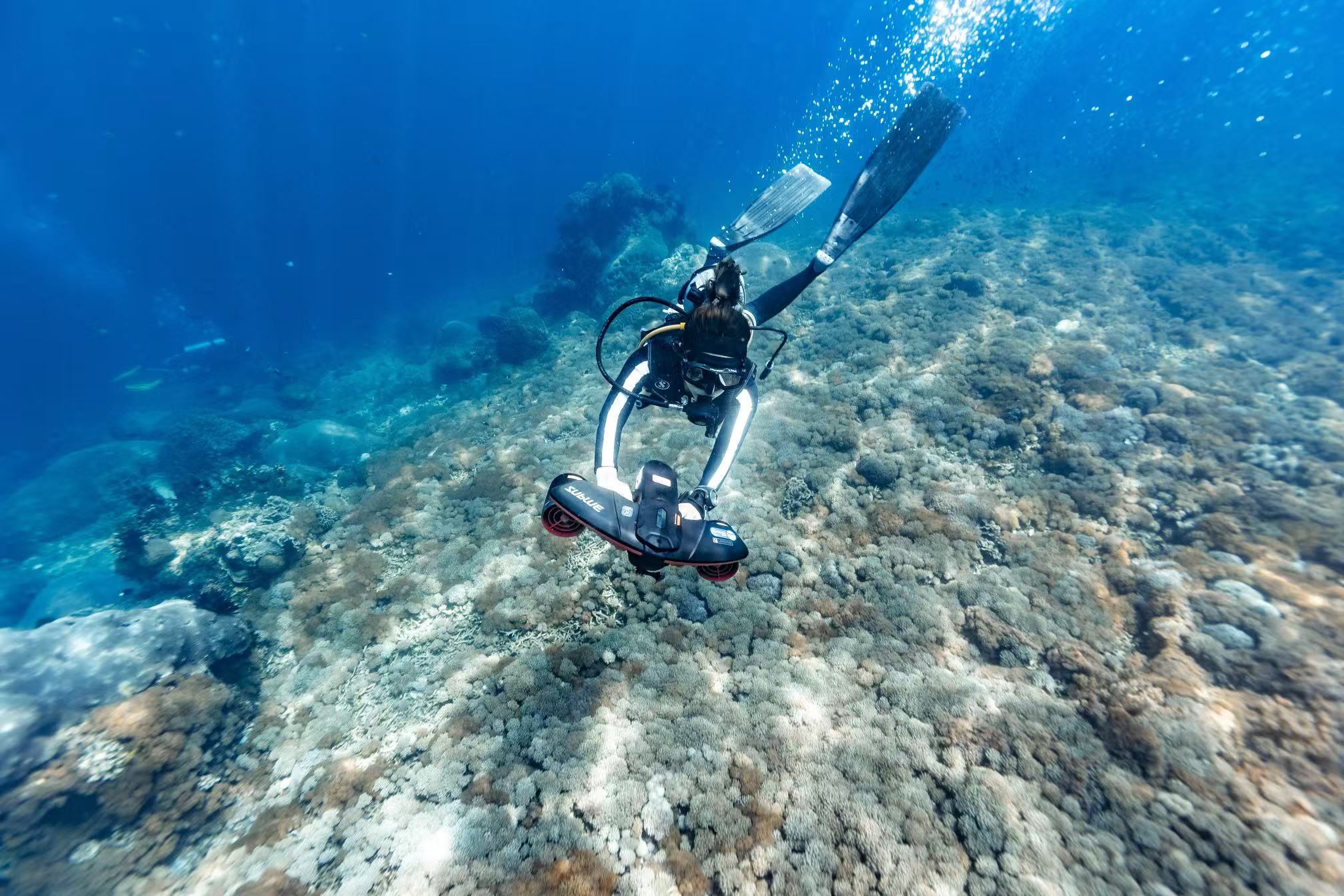
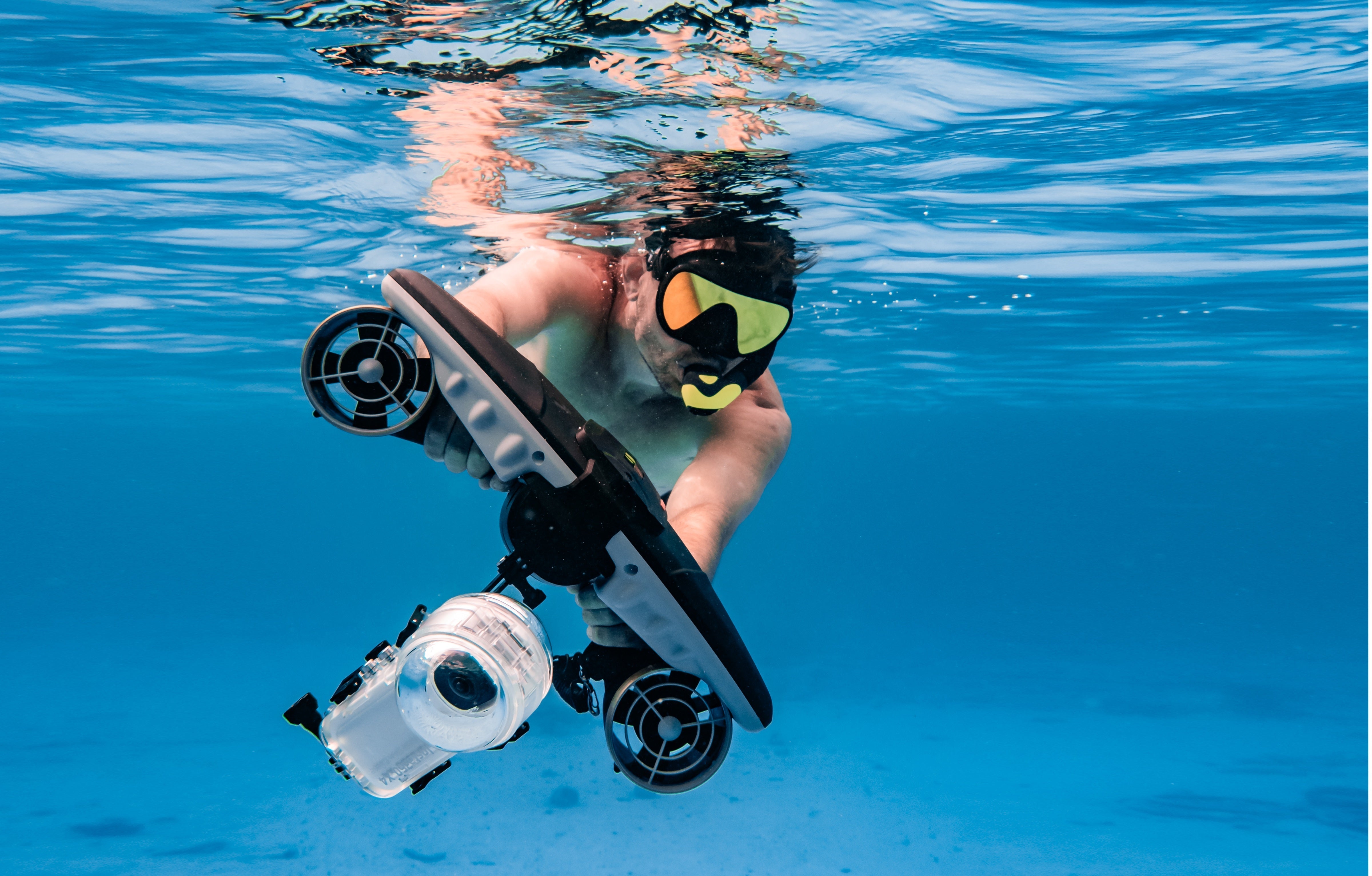
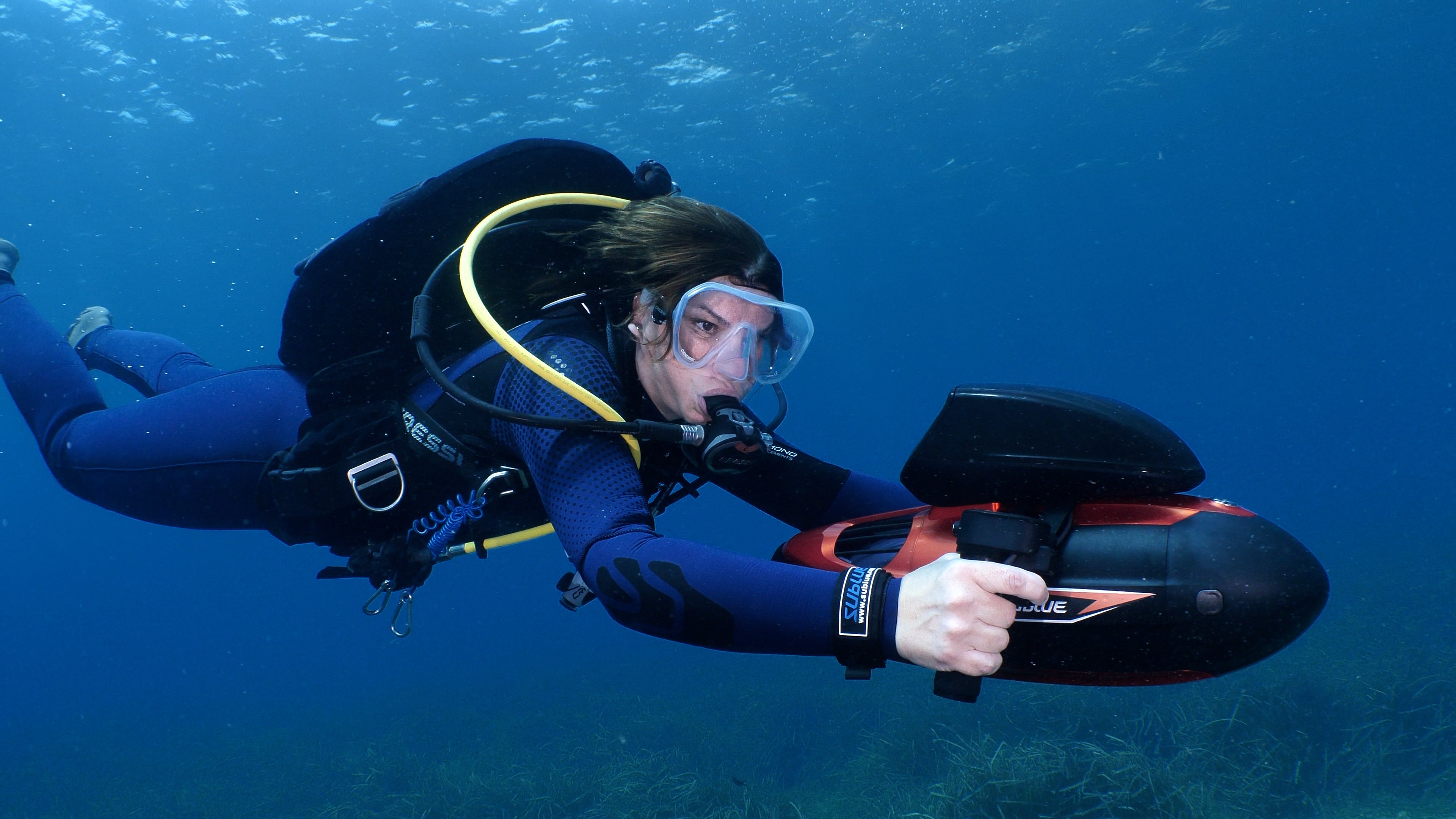
Share:
Underwater Photography Made Easy with Underwater Scooter
How to Use an Underwater Scooter for Fitness and Recreation